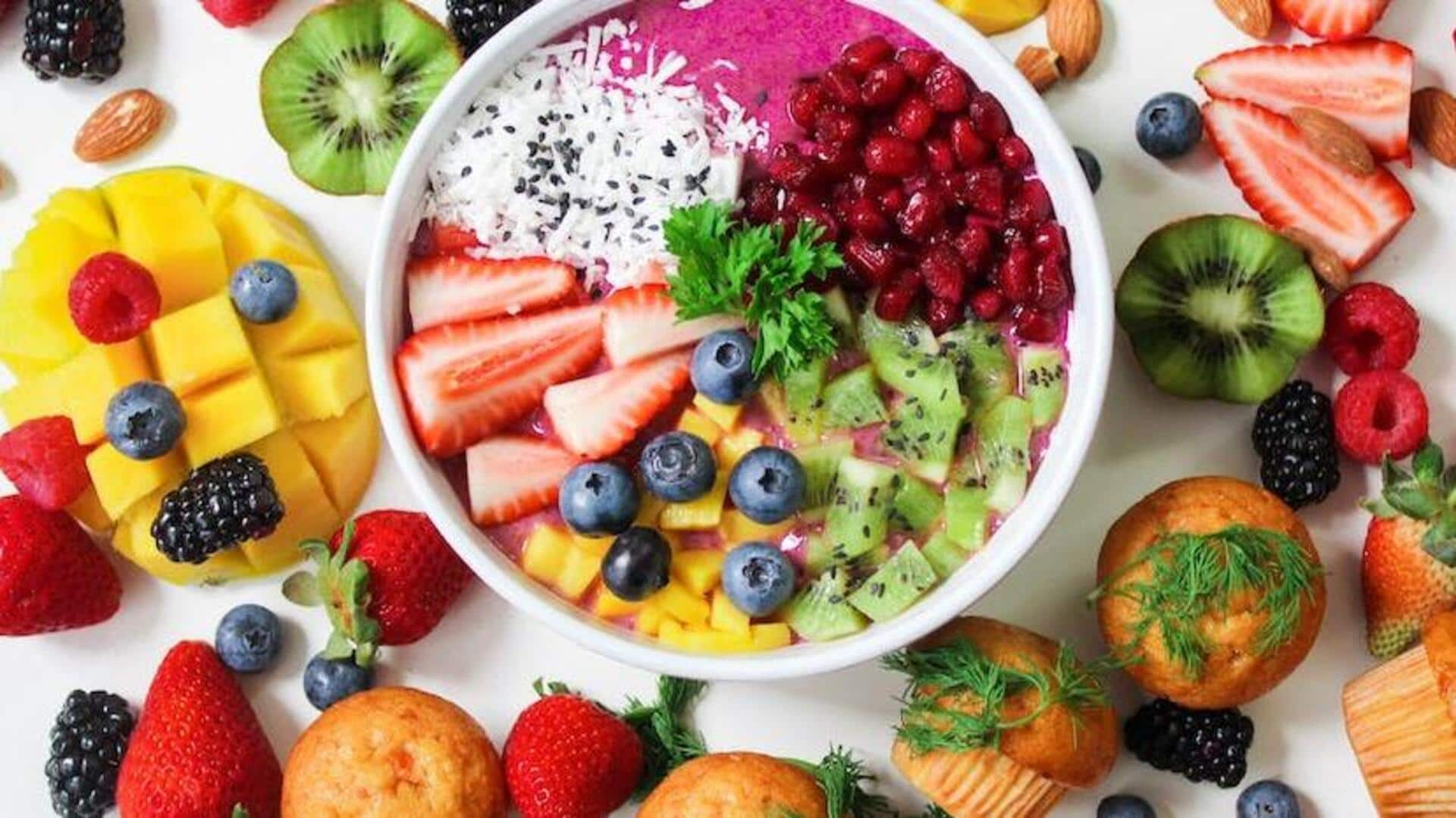
Expert explains clean eating; shares a diet plan to follow
What's the story
Clean eating has lately become a diet trend that people from around the world are adopting to achieve their health goals. There exist a lot of variations in this fad diet but it typically involves foods that are in their whole and raw form. Mr. Aakash Bansal, a certified dietician, founder, and fitness expert at FormFit, explains this concept in depth.
Meaning
Let's understand what clean eating means
Bansal explains clean eating as simply "the act of eating more whole, nutritious foods without a food label." "It also involves eating less processed or refined foods that are not in their original form," he adds. To name a few, the expert reveals that consuming veggies, fruits, whole grains, plant-based protein, nuts, seeds, and oils, are some examples of a clean eating practice.
How to practice
Plant-based clean eating is one way to practice it
This diet emphasizes plant-based foods while minimizing animal products and processed items. "This diet focuses on plant-based foods, including vegetables, fruits, whole grains, legumes, seeds, and nuts, which should make up the majority of what you eat," states Bansal. He suggests avoiding refined foods like added sugars, white flour, and processed oils when trying to eat clean.
Fasting
Intermittent fasting is another way of clean eating
Intermittent fasting is a diet that cycles between fasting and eating. For instance, you might try eating only for eight hours each day and fast for the remaining 16 hours. "Unlike other eating variations, intermittent fasting does not prescribe what to eat, rather its focus is on when to eat," mentions the certified dietician. This approach offers an alternative path to dietary wellness.
Type
Raw foodism is another approach
The raw food diet emphasizes unprocessed and minimally heated foods "The foods should not be refined, pasteurized, treated with pesticides or otherwise processed in any way," explains Bansal. You can incorporate alternative preparation methods such as juicing, blending, dehydrating, soaking and sprouting. Sprouts, nut milk, dried fruits, and fermented items like kimchi are allowed in this diet, giving you a diverse array of options.
Information
Sample diet plan for adopting clean eating
Here is a sample diet plan by Bansal, intended to encourage healthy eating. It does not promise weight gain/loss because the caloric requirement of each individual is different. However, you can adjust the quantity of the foods mentioned to align with your fitness goals.
What to eat
Here's what to consume early morning and for breakfast
Bansal shares that one should begin with "a glass of water" and "make sure to drink three-four liters of water in a day." For breakfast, you can include "three-four walnuts, six-seven almonds, and two besan or moong dal chilla stuffed with paneer or veggies." As for your mid-morning snack, you can grab "different varieties of fresh seasonal fruits."
Meal
Suitable lunch options
Bansal's clean eating diet plan suggests savoring "one small plate of mixed vegetable salad/one bowl of sprouts salad, one serving of rajma or chole rice, and one cup of curd or buttermilk." In the evening when you feel hungry, you can "consume a milk-based beverage (no sugar) or one bowl of muesli, roasted foxnuts, or homemade popcorn."
Supper
Dinner and late-night munchies
Dinners have to be light but filling so that you neither undereat nor overeat when you hit the sack. Carrying the diet plan forward, Bansal recommends gorging on "one or two chapatis with paneer sabzi," as it is nutritious. Ensure that you finish your dinner by 7:30 pm. Just before bedtime, consume "one cup of hot milk with about five cashews."